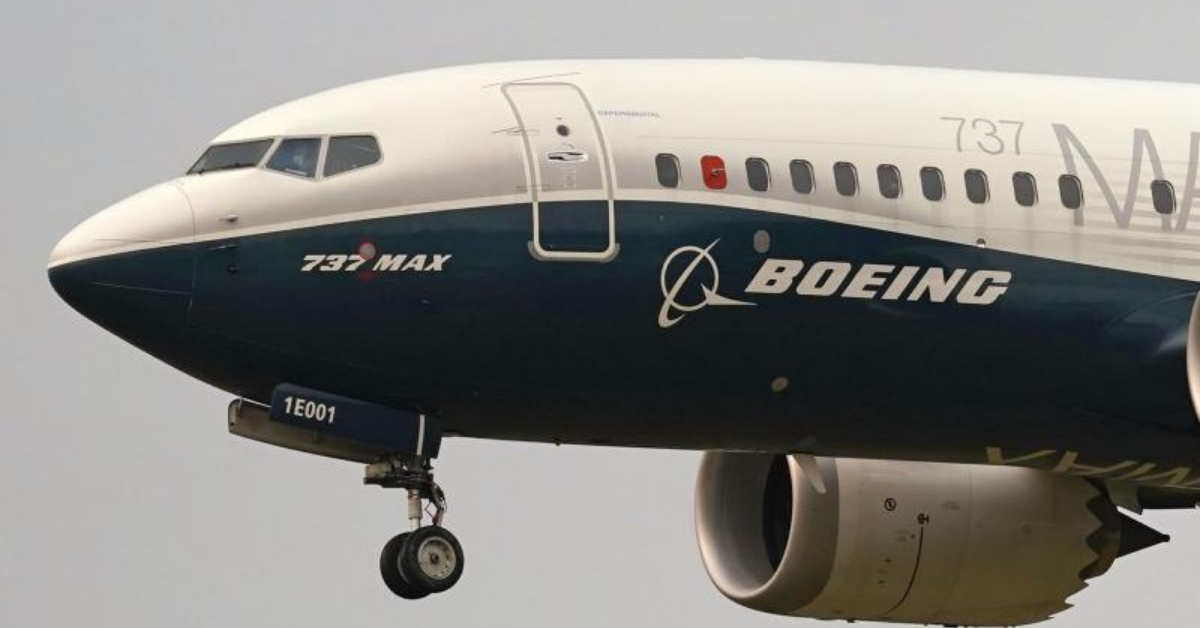Commercial and military aircraft manufacturing major Boeing has scaled up purchase of raw materials from India for its global requirements with domestic manufacturing of aircraft components dominating its business engagement in India.
“We are the leading foreign OEM (original equipment manufacturer) in terms of presence in India, in terms of making in India, for India, and for the world and that incorporates our 300 plus supplier partners that we work with here in India, across defense and civil (aerospace),” said Salil Gupte, President, Boeing India, at a press briefing held on Thursday.
Boeing has signed manufacturing contracts worth more than $500 million in the last 18 months and is also working on enhancing sourcing of raw materials from India, said Gupte.
“All of our partners work together. We export about Rs 8,000 crores worth of content every year from India for global use. Little more than two-thirds of that is actually manufacturing,” said Gupte.
Boeing India currently has a joint venture with Tata Advanced Systems, which is engaged in the manufacturing of fuselages and other aerostructures for Boeing AH-64 Apache helicopter for meeting Boeing’s global requirements. Indian armed forces operate 22 Boeing Apache attack and 15 Chinook heavy-lift helicopters and plan to acquire more for their operational needs.
BOEING COMMERCIAL PLANES
Minister for Civil Aviation Jyotiraditya Scindia recently outlined that for India’s airports to become hubs for international air travel, domestic carriers will need to focus on acquisition of wide-body aircraft and provide long-haul flight services.
Currently, only full-service carriers, Air India and Vistara, are operating wide-body aircraft for their international operations. Air India operates Boeing 787-8 while Vistara flies 787-9 wide-body aircraft.
Boeing officials outlined that the 787 series of wide-body aircraft have been the most popular amongst their clients for long-haul operations.
According to Gupte economics associated with long-haul point-to-point flight services is changing in India, especially during the pandemic, as demand for wide-body services to and from India increased especially to destinations such as Europe, North America and Eastern Asia.
“We believe that coming out of the pandemic, passengers will continue in India to want to fly that way which creates a significant opportunity for Indian carriers that might not have been there before,” said Gupte. Carriers from the Gulf states and Europe mostly dominate the long-haul passenger traffic from India to other destinations.
Among the aircraft manufactured by it, Boeing has found traction for its fuel-efficient narrow body 737 MAX aircraft in India.
In the narrow body category, SpiceJet and Akasa Air are currently two Indian customers for Boeing 737 MAX aircraft and between them have plans to acquire over 200 MAX.
“One airplane in particular I want to point out is the high capacity (Boeing) 737-8 (MAX) that fits 200 seats. That’s the airplane that Akasa has ordered and we foresee this being a great airplane for the Indian market in the future. You can fit more seats, having better economics,” said Madeleine Edbom, Regional Director, Product Marketing, Boeing Commercial Airplanes.
SpiceJet plans to induct seven more Boeing 737 MAX aircraft by the end of the calendar year, while Akasa Air will take delivery of 18 aircraft by March next year.







